The Ministry of Home Affairs has just completed the draft Resolution of the National Assembly Standing Committee on administrative unit arrangement.
Accordingly, the Ministry of Home Affairs proposed the arrangement of provincial and commune-level administrative units based on many important criteria, including area; population; history, tradition, culture, religion, ethnicity; geo-economics; geopolitics; national defense and security.
The Ministry of Home Affairs encourages using the old district names for new communes and wards. Photo: NGUYEN TIEN
A notable point in the draft resolution is naming and renaming communes and wards formed after the arrangement.
Specifically, the Ministry of Home Affairs proposed that the names of newly formed communes and wards after the rearrangement should be easy to identify, concise, easy to read, easy to remember, ensuring systematic and scientific nature. In particular, it is encouraged to name communes and wards according to serial numbers or the names of district-level administrative units (before the rearrangement) with serial numbers attached to facilitate the digitization and updating of information data.
The drafting agency also encourages the use of one of the existing names of administrative units before the arrangement or the name of the administrative unit that has historical, traditional, cultural value and has been supported by the local people.
“The name of the new commune or ward after the arrangement must not be the same as the name of the existing administrative unit of the same level within the province or centrally-run city or within the province or city planned to be established according to the direction of arranging provincial-level administrative units approved by competent authorities” – the Ministry of Home Affairs noted.
According to the Ministry of Home Affairs, it is expected that about 9,996/10,035 commune-level administrative units will be subject to rearrangement. After the rearrangement, the whole country will have less than 3,000 commune-level administrative units.
According to previous experts' suggestions, there are four basic options for naming the new commune.
One is to combine the names of the old communes. Two is to use the name of one of the communes to name the new commune after the merger.
Third is to use the name of a typical place such as a prominent historical, cultural, or geographical place in the area. Fourth is to create a completely new name if there is no suitable name from the old communes.
Currently, in Ho Chi Minh City, districts and Thu Duc City have also proposed plans to arrange administrative units in the area.
In which, Go Vap district proposed to arrange 12 wards into 3 wards named An Nhon, Thong Tay Hoi and Go Vap.
Phu Nhuan District proposed to reduce 11 wards to 2 wards named Phu Nhuan and Duc Nhuan.
Binh Thanh District proposed to rearrange 15 wards into 4 wards and name the new wards Gia Dinh, Binh Hoa, Thanh My Tay, Binh Quoi.
District 12 proposes to have 4 new wards: Tan Thoi Nhat, Tan Thoi Hiep, Thoi An, An Phu Dong...
Binh Chanh District proposed to reorganize 16 communes into 4 communes. Or Thu Duc City proposed to reduce 34 wards to 9 wards, then reorganize and name them Thu Duc wards with numbers from 1 to 9.
Source PLO
Source: https://baotayninh.vn/bo-noi-vu-khuyen-khich-lay-ten-quan-huyen-cu-dat-cho-xa-phuong-moi-a188006.html


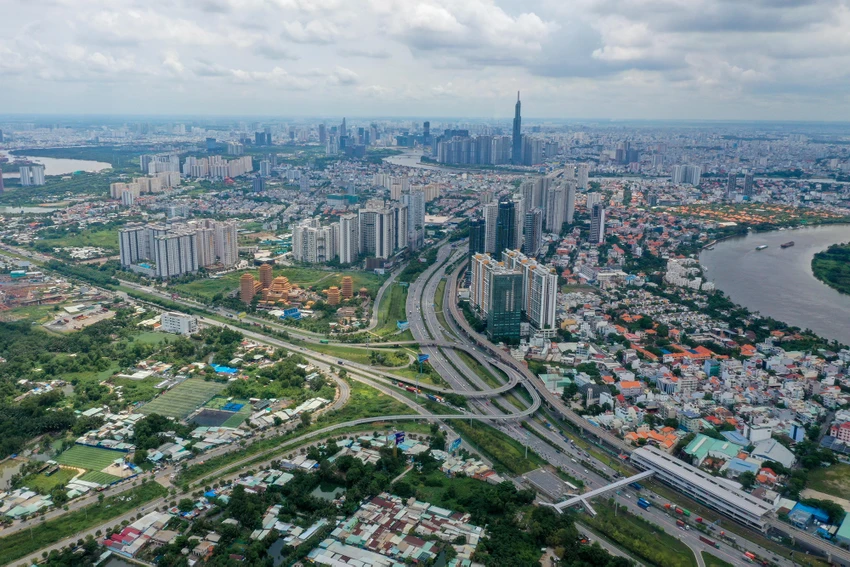



![[Photo] Prime Minister Pham Minh Chinh chairs conference on anti-smuggling, trade fraud, and counterfeit goods](https://vphoto.vietnam.vn/thumb/1200x675/vietnam/resource/IMAGE/2025/5/14/6cd67667e99e4248b7d4f587fd21e37c)








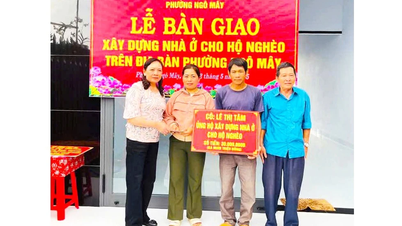


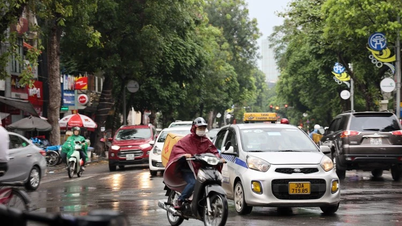






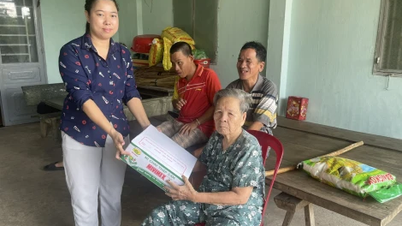


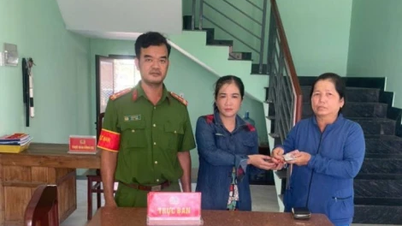



































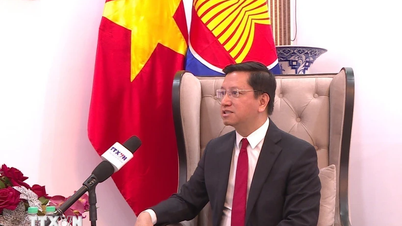


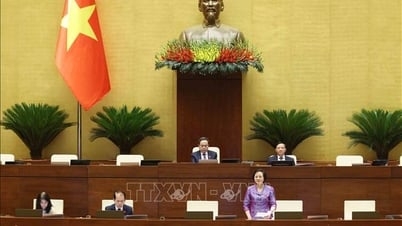























Comment (0)